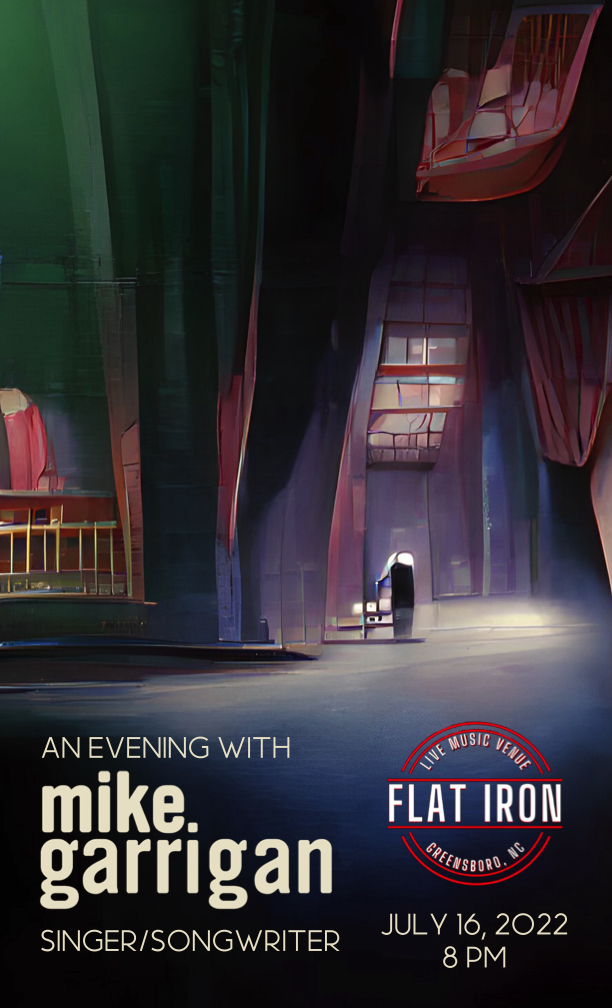
Uncategorized
An Evening with Mike Garrigan
onThe Best Albums I’ve Never Heard: 1977 – Aja
on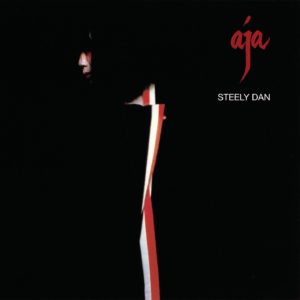
I’ve probably listened to over 10,000 albums in my lifetime. Some albums resonate with me on a visceral level. R.E.M.’s Automatic for the People, for example, expresses life’s deepest mysteries, at least to me. As commercial albums go, it sounds decent—certainly acceptable as a major label recording. Failure’s Fantastic Planet fascinates me on an intellectual level. It’s lyrics have a one of a kind space rock/James Joyce stream of consciousness thing that I haven’t experienced with any other album I’ve heard. It too sounds quite good. But, there’s one album that I now recognize for its meticulous production. That album is Aja by Steely Dan.
Produced by Gary Katz and released on September 23, 1977, Aja topped the U.S. albums chart and was one of the first albums to be certified platinum, having sold well over two million copies to date. Aja contains the singles “Peg,” “Deacon Blues,” and “Josie” as well as a notable saxophone solo on the title track from Miles Davis alumnus Wayne Shorter.
Having not listened to a lot of Steely Dan, my first impression of Aja was two fold. First, I thought the lyrics and vocal phrasing were quite odd at times. Lyrically, “[i]n the corner of my eye/I saw you in Rudy’s/You were very high . . .it’s over now/Drink your big black cow/And get out of here,” opens the album. The title track contains odd extensions of the long and short “a” sounds on the phrase “Aja.” Couched inside crystal clear production, these anomalies, I found, drew me in closer to the album. A lesser quality recording may have pushed me away. It’s the confluence of oddity and sonic perfection that makes the album a compelling listen on each and every spin.
The Best Albums I’ve Never Heard: 1967 – The Velvet Underground & Nico
onFor an album that only sold 30,000 copies during the year it was released, The Velvet Underground & Nico is a bit of an anomaly as influential albums go. When it debuted, The Velvet Underground & Nico was arguably too edgy to garner any airplay. But, as Brian Eno once said, “everyone who bought one of those 30,000 copies started a band.” In a way, Eno’s observation explains why so many aspects of indie rock can be traced to this very album. From the overused glockenspiel accompaniment heard in contemporary commercials (first heard on “Sunday Morning”) to the use background drones (heard all over the album in the form of John Cale’s viola), all that indie rock would ever become is contained in this single album.
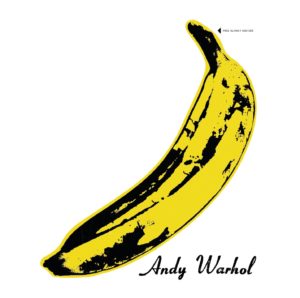
Released on March 12, 1967 and produced by Andy Warhol and Tom Wilson, The Velvet Underground & Nico is one of the first commercial albums to prominently feature graphic and overt references to drug abuse, sadism & masochism, and prostitution. Lyricist and singer Lou Reed was heavily influenced by edgy poets like William S. Buroughs and Raymond Chandler. In this respect, Andy Warhol’s contribution—as the person who paid for the recording sessions—was key. What record label would touch the Velvet Underground with a 10-foot pole? The music was edgy, too. John Cale’s strung his signature viola with guitar and mandolin strings for that never before heard death drone that appears throughout the album.
The Velvet Underground & Nico sounds oddly modern for an album released in 1967. As the Beatles recorded Revolver and Sgt. Pepper with an at-the-time cutting edge 4 track tape machine, The Velvet Underground & Nico likely could not have been recorded with more than 4 tracks. Some studios were transitioning to 8 and 16 track systems in the late 60s, but the low recording cost ($3,000.00) leads me to believe the less-track option was used. Somewhere, a book of some kind reveals this mystery, but I haven’t found the information readily available on the internet.
If you were to trace back the bare bones approach of Bon Iver’s For Emma, Forever Ago to its source, you’d end up at The Velvet Underground & Nico. The same can be said for just about any indie rock, lo-fi, or art rock recording. The album plays like the antithesis of convention, a giant, well-formed middle finger. The drums aren’t really played as much as hit now and again. The guitars carry much of the rhythm, which is strange because the album grooves well for having no acertainable rhythm section.
I’m embarrased that the first time I heard this album was just a few weeks ago. Lou Reed’s compositions are sharp, poignant, and challenging. Nico’s presence, which was at the insistance of Andy Warhol, is a divisive element in the Velvet Underground canon, but I rather like the tambre she brings to the three songs on which she sings lead. Few albums are both perfect and groundbreaking—this is one of them.
A
Podcast – An Interview with Justin Karpinos
on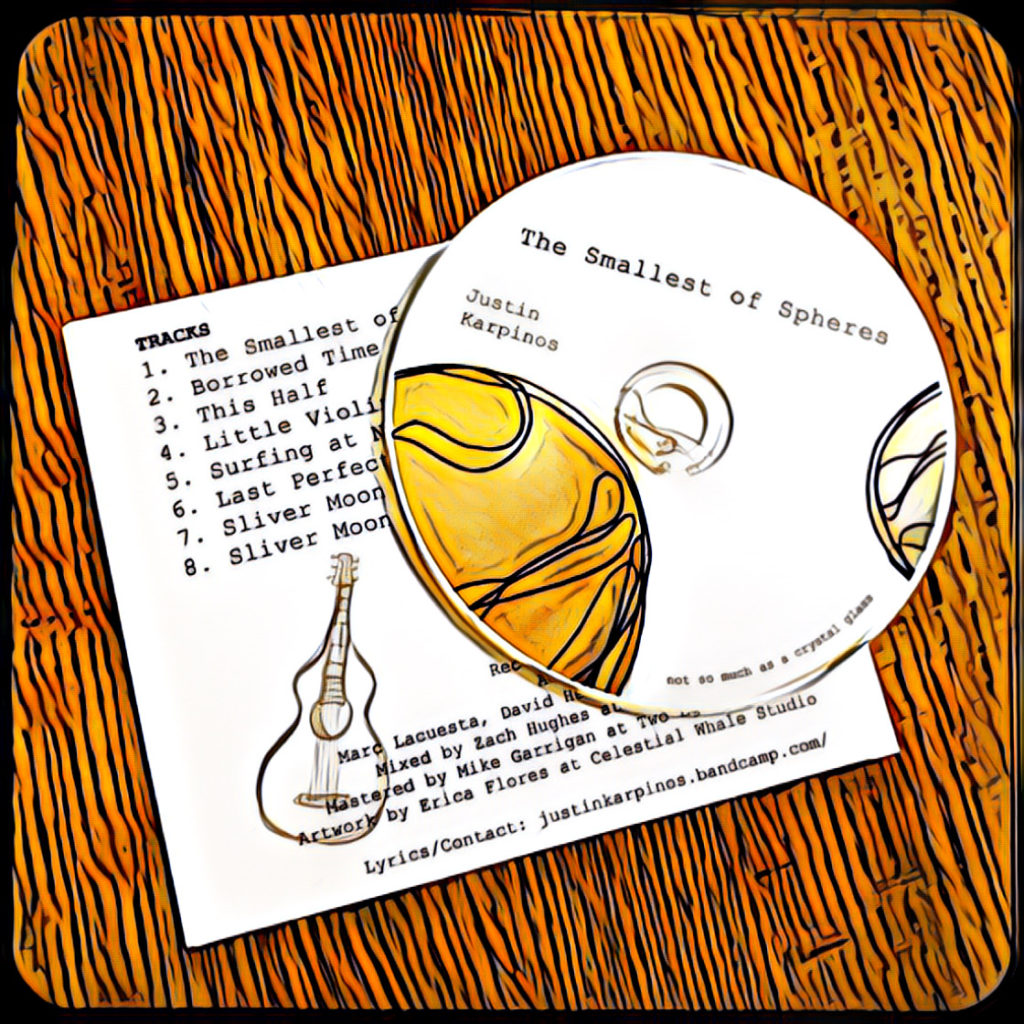
By Land & by Sea
on
Tune in to StageIt.com on Saturday, April 3, 2021 at 9 pm EDT for a solo piano show by Mike Garrigan. This show will feature songs from Semigloss Albatross (2020) and Voyage of the Malamander (2010). Get tickets by clicking: here.
